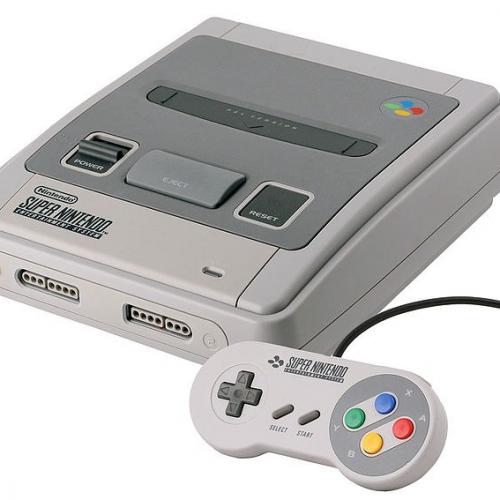Dreamcast: a bit of history ...
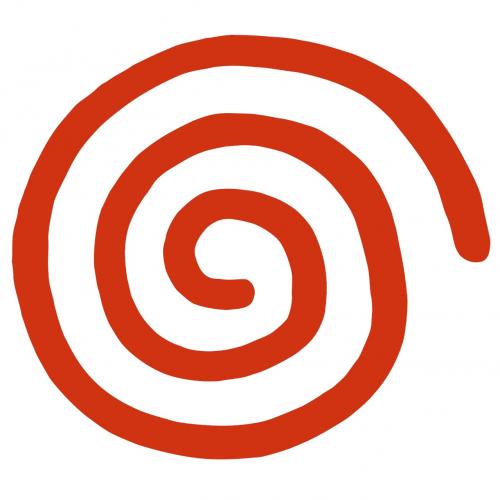
The Sega Dreamcast is the last of former hardware giant Sega’s home consoles, and for a lot of gaming fans including myself, the greatest game system of all time.
The console suffered a premature demise, and is considered by many as a product which was largely ahead of its time, offering online gaming and downloadable content for console games years before Live was a twinkle in Microsoft’s eye. However, I’m not here to talk how the system was a commercial failure but instead look at why the Dreamcast is still so adored and well-respected to this day.
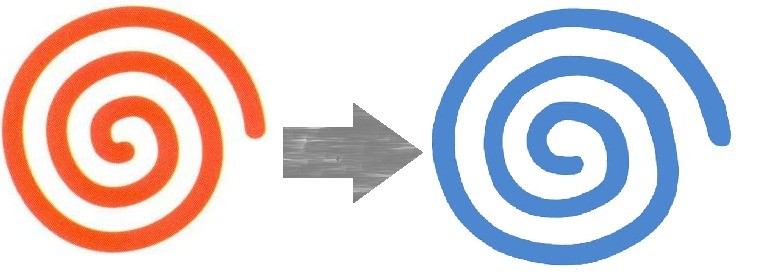
The swirl chosen to represent the identity of the Dreamcast was changed from a dark shade of orange, which was used in Asian and North American markets to what has become known as, “Sega blue” for the European release. This was due to copyright issues as a similar logo was already in use by a German multimedia company. Similarly, the console was originally supposed to have reached European shores on 9-30-99 but due to problems with BT network infrastructure (ah good old BT) the consoles' release was delayed until October 14 1999 to ensure it would offer internet access from the box. In fact, the Australian launch was a even bigger disaster. No software, no accessories, and a shortage of consoles due to major screw-ups in processing advance orders? It was just the icing on the cake for Sega's rivals and the latest in a long line of mishaps from the Japanese company.
The mid to late 90s were not good to Sega. After the success of the Mega Drive the company was riding high; however, a series of business blunders, namely the Mega CD and 32x add-ons quickly burned away any good will Sega had built with their fan base. Both the 32x and Mega CD were very expensive and at best, mediocre hardware add-ons for the Mega Drive. Adding to the misery they were given terrible support from games companies, both first and third party, leading to many gamers becoming very skeptical about any new hardware. This was very much reflected by the Sega Saturn which performed poorly in all markets except Japan (ironic as the Megadrive had little success in its native land while being market leaders in Europe and North America). A decision was made by Sega of America, to halt production of the Saturn early to get a head start on Sony's next generation console with a console which by the codenames, "Blackbelt", "Dural" and "Katana", but would ultimately become known as the Dreamcast.
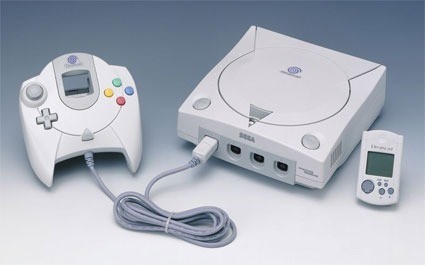
The day of the launch was a special occasion for me. I was 15 years of age, and had been a huge Playstation fan with games such as Final Fantasy 7, Resident Evil and Metal Gear Solid restoring my faith in video games. But, there was one game that I played relentlessly in my local arcades at the time, House of the Dead 2. It was in all honesty, a Virtua Cop rip-off with zombies but it had been my addiction that year and I loved it so much a friend and I would regularly visit the arcades to “one credit it”. We often managed to finish it and its older brother the original HOTD, using only one 50 pence piece. Ah, how my skills have faded.
I also remember the initial provocative and eye-catching advertising as billboards appeared around town with a single word in large print, upon which a small sticker appeared to have been attached: PlayStation - Best used before 14/10/1999. Genius!
This is how my interest grew with Dreamcast. The day before the console’s release I had gone to my local supermarket, and watched a demo of Sonic Adventure on the screen. I was absolutely gob smacked. The graphics, the speed, everything looked so smooth, so colourful and just so fun. Additionally, there was a TV playing a demo of House of the Dead 2 and that moment I knew I had to have a Dreamcast. I went home, package up my Playstation and games, and flogged it to the second hand store round the corner for a pittance. But it was enough for a Dreamcast and the next day I went and purchased the system on release with Sonic, a Virtual Memory Unit and the internet guidebook (it was my first time on the net). I was lucky to do so though as there were huge cues of people who were not as fortunate as me as the system sold out. In fact, the UK launch, just like the Japanese and US ones were largely a success with the UK one featuring the largest launch list of software titles yet fielded by a Sega console.
Anyway, as soon as I got the Dreamcast home I opened the box and plugged the machine and saw the boot up screen featuring the famous swirl for the very first time. I played Sonic until the early morning. The next day my friends had come round before school to witness my next generation console in action. What a sight it was, the glorious 3D graphics, the detailed environments, and the fantastic music. I will never, ever forget that first level on Sonic Adventure where, after sprinting along a pier a killer whale jumps out of the ocean and begins to eat the path behind you. Sure it was pretty much impossible to fail this section of the level, as all you had to do was hold forwards, but at the time it was breath taking. I didn't even mind the often bemoaned fishing levels with Big the Cat. Sonic Adventure was awesome and so was Big the Cat.
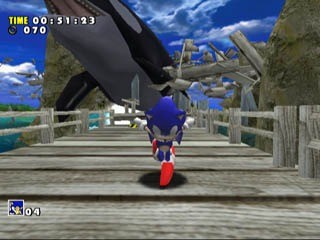
Yet, only 18 months later I found myself with a console that was facing the scrap heap. If only it had a DVD drive, a decent football game or if the masses hadn't of bought into the whole "Emotion engine" sales pitch then maybe it could have gone on a couple of years more. To be honest though, the company was in a bad way and splintering all over, yet during such a turbulent period Sega became forerunners to many things that would become really core features for later console generations.
The Dreamcast was arguably the first console with any serious online capabilities. It supported a 33.6kbit internet connection (while US gamers got 56kbit and broadband for later Japanese gamers) and had its own internet browser. It was certainly my very first experience of the internet at home. Also it was the very first console to have any support for Computer Monitors and HDTVs through its VGA adapter. The console also had some of the best quality peripherals and accessories to grace a console, these included arcade Sticks, lightguns, racing Wheels, VMU memory cards, Maracas, Twin Sticks, Fishing Controllers, Keyboards, Mouses, Broadband Adapters ,VGA Boxes, Karaoke Attachments and even a digital camera in the form of the Dream Eye. Sega certainly went accessory crazy with the DC.
One of the most interesting things to come from the Dreamcast is their partnership with Microsoft in development of the console. Many people complained with the Sega Saturn that it was simply too difficult to develop for, which in turn meant that game developers were much more willing to make their games for the PlayStation, which was significantly easier to develop for. So in order to rectify this they got Microsoft to design the system software so the Dreamcast runs on a modified version of Windows CE. This meant it was really easy to develop for the Dreamcast and caused a huge home brew following which still remains today.
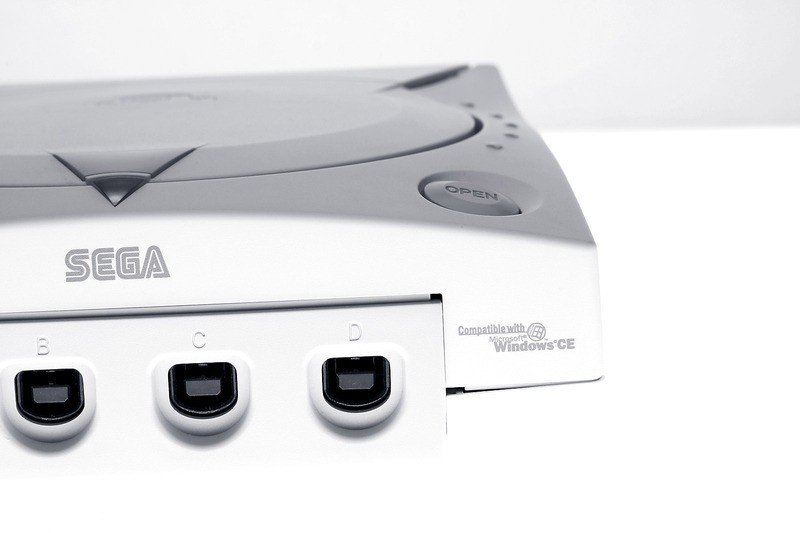
Similarly, the quality of Dreamcast games can be seen as they are constantly top of gamer’s charts for HD revamps. There are so many AAA titles and a ton of fantastic gaming experiences and it has also gained a reputation for being the console for beat-em ups. The primary reason for this is simple: you have Soul Calibur and Dead or Alive 2, perfect ports of Neo Geo favorites King of Fighters, Last Blade 2 and Garou, Capcom's brilliantly over-packed Street Fighter Alpha 3, Marvel vs. Capcom 2 and the entire Street Fighter 3 collection. But the game that I really put the most time into was Capcom vs. SNK. Even using the Dreamcast controller I spent hours upon hours opening all of the secrets in that game. Yet, when I visited Japan for the first time in 2002 I found that it was the sequel that was making splashes in the arcades and on DC. Ten years later and it is the sequel that I am still playing. If you’re a long-time fighting game fan or simply want a game that celebrates Capcom and SNK’s storied arcade history, then CvS2 is a must have. There are probably a lot of messy licensing agreements between Capcom and SNK barring its re-release, but with the recent resurgence of fighting games in the wake of SF4 and KoF13, I bet there’s a new generation of fighting game fanatics who would love another chance to try out some millionaire fighting.
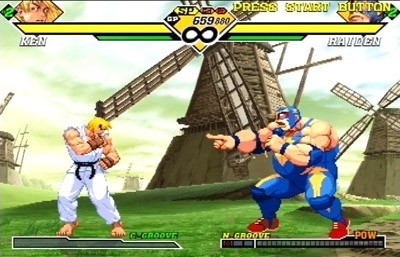
Sadly, as we know this tale did not end happily. The Dreamcast may have been the darling of the videogame industry in the West, but all that mattered to its masters in the East was sales and Sega had been hemorrhaging money for a long, long time. Sega was still the weak number third in the market, and it had neither the resources nor the will to make such a desperate gamble again. Production of the system was halted just two years after its release and project such as Super Monkey Ball, Virtua Fighter 4, Jet Set Radio Future and Gun Valkyrie moved to other systems. While Sega had restored their image tarnised by the post Megadrive systems, it was time for Sega to set the Dreamcast aside, and move on.















